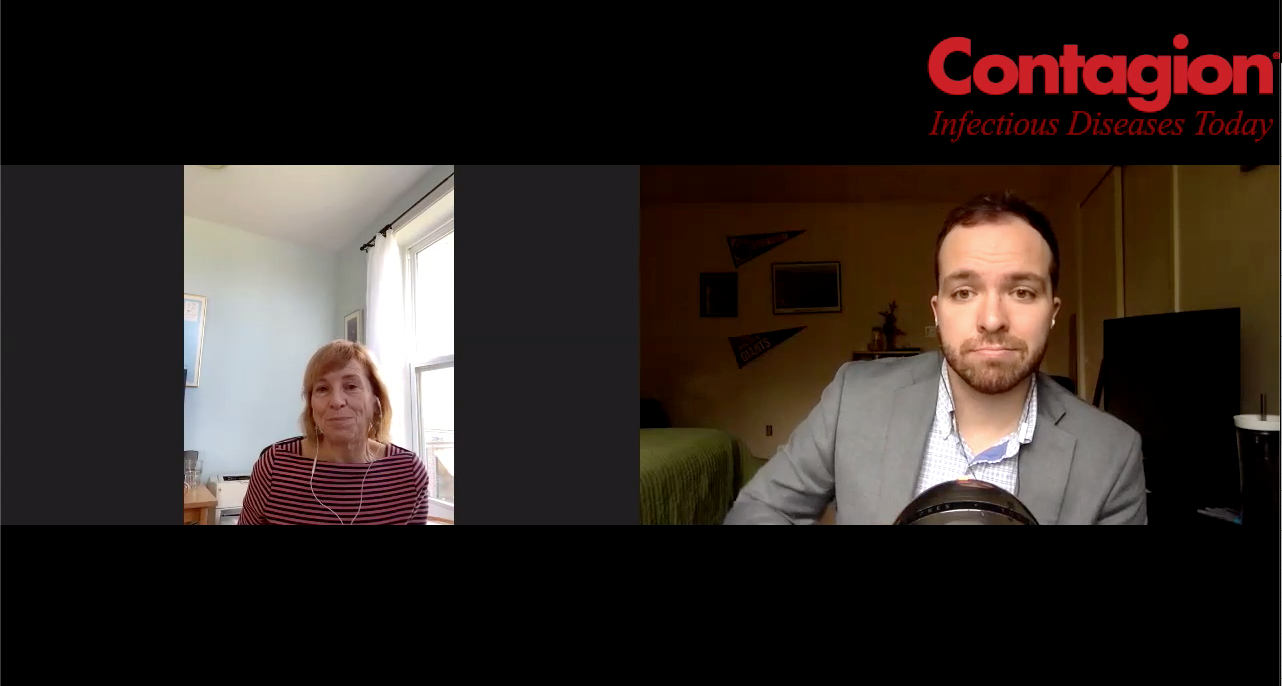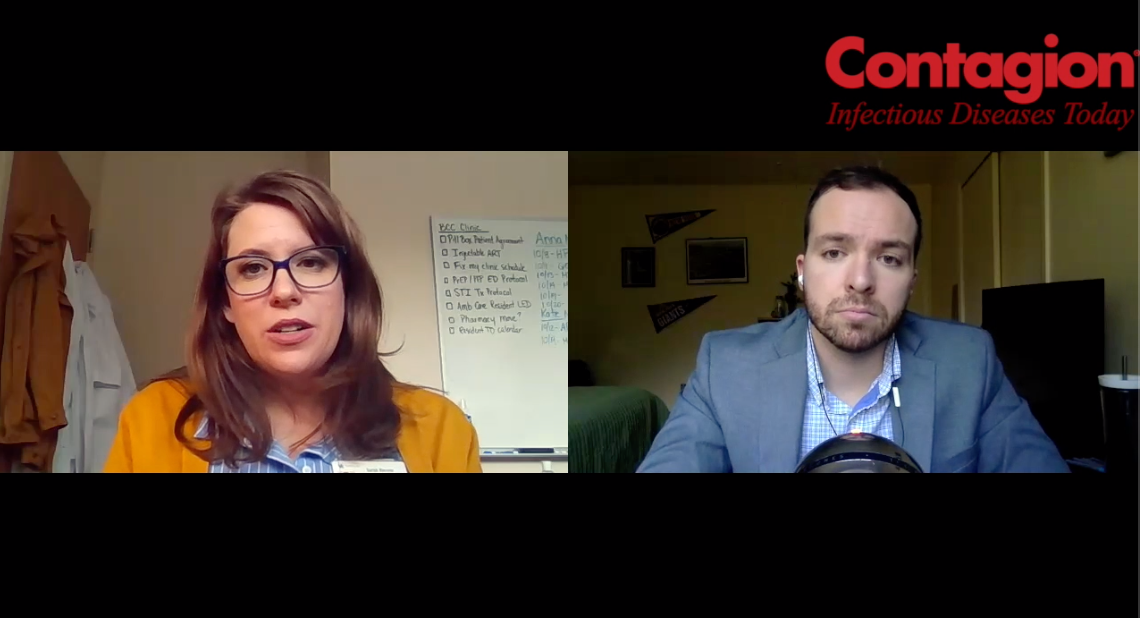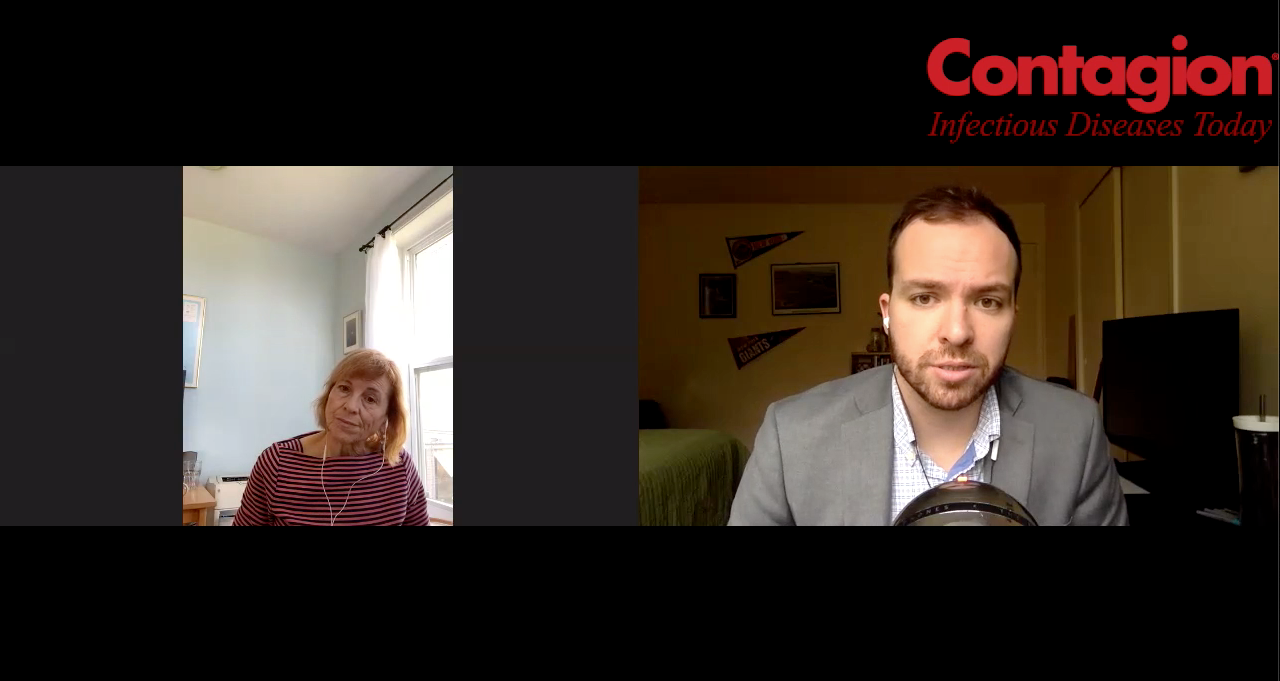Migrants Identified at Higher Risk of Hepatitis B and C
Through the use of targeted screening programs, the ECDC has found that foreign-born migrants are at a higher risk of hepatitis B and C. Identifying risk groups can help practitioners reduce the burden of chronic hepatitis.
The hepatitis virus is often known as “the silent killer” due to the fact that the infection is often asymptomatic and thus, many of those who are infected are unaware of the infection until it’s too late.
According to an article by the European Centre for Disease Prevention (ECDC), this is the case for 75% of infected individuals. If left untreated, hepatitis can progress into cirrhosis or liver cancer, two deadly and financially costly conditions. Early identification of hepatitis infection is paramount in order to provide infected individuals with effective antiviral treatment, and reduce mortality and cost from this deadly disease.
When speaking on further implications of the disease, Vytenis Andriukaitis, European Commissioner of Health and Safety, said in an ECDC article, “[Viral hepatitis] is sometimes called the ‘silent killer’ as symptoms do not often appear until it is too late. Hepatitis is also ‘silent’ in the way that it affects the most vulnerable groups of our society.”
In order to improve case detection, researchers have turned to the use of targeted screening programs to identify risk groups. These screening programs have shown that one of the populations at a higher risk of hepatitis B (HBV) and hepatitis C (HCV) are foreign-born migrants in many of the countries of the European Union and European Economic Area (EU/EAA).
A new ECDC study aimed to estimate the cases of chronic viral hepatitis in first-generation migrants in the EU/EEA based on the best data sources available and through the use of targeted screening programs to identify the infected migrant groups who would benefit the most from early care. According to the study, "in the EU/EEA as a whole, this study estimates the burden among migrants in relation to the overall number of infected cases to be around 25% for chronic hepatitis B, and 14% for chronic hepatitis C."
The ECDC noted that countries such as Ireland, the Netherlands, and Sweden proved to have an exceptionally high burden of chronic viral HBV cases among migrants who were from intermediate and high endemicity countries. According to the report, the risk of onward transmission of the infection is likely to be low.
In light of World Hepatitis Day today, Andrea Ammon, ECDC Acting Director said in a press release, “There are now highly effective drugs available for people infected with hepatitis B and C. But we also need to test more for hepatitis to make sure that we are able to identify and diagnose all those who might be unknowingly infected.”
In order to better provide opportunities to infected persons for early care and significant future savings of infection associated medical costs, it is important to ensure that hepatitis-specific prevention and care programs are aimed at treating foreign-born migrant populations. Through the use of targeted screenings, practitioners will be able to identify risk groups, and therefore, better reduce the burden of chronic viral hepatitis in EU/EEA countries.




















